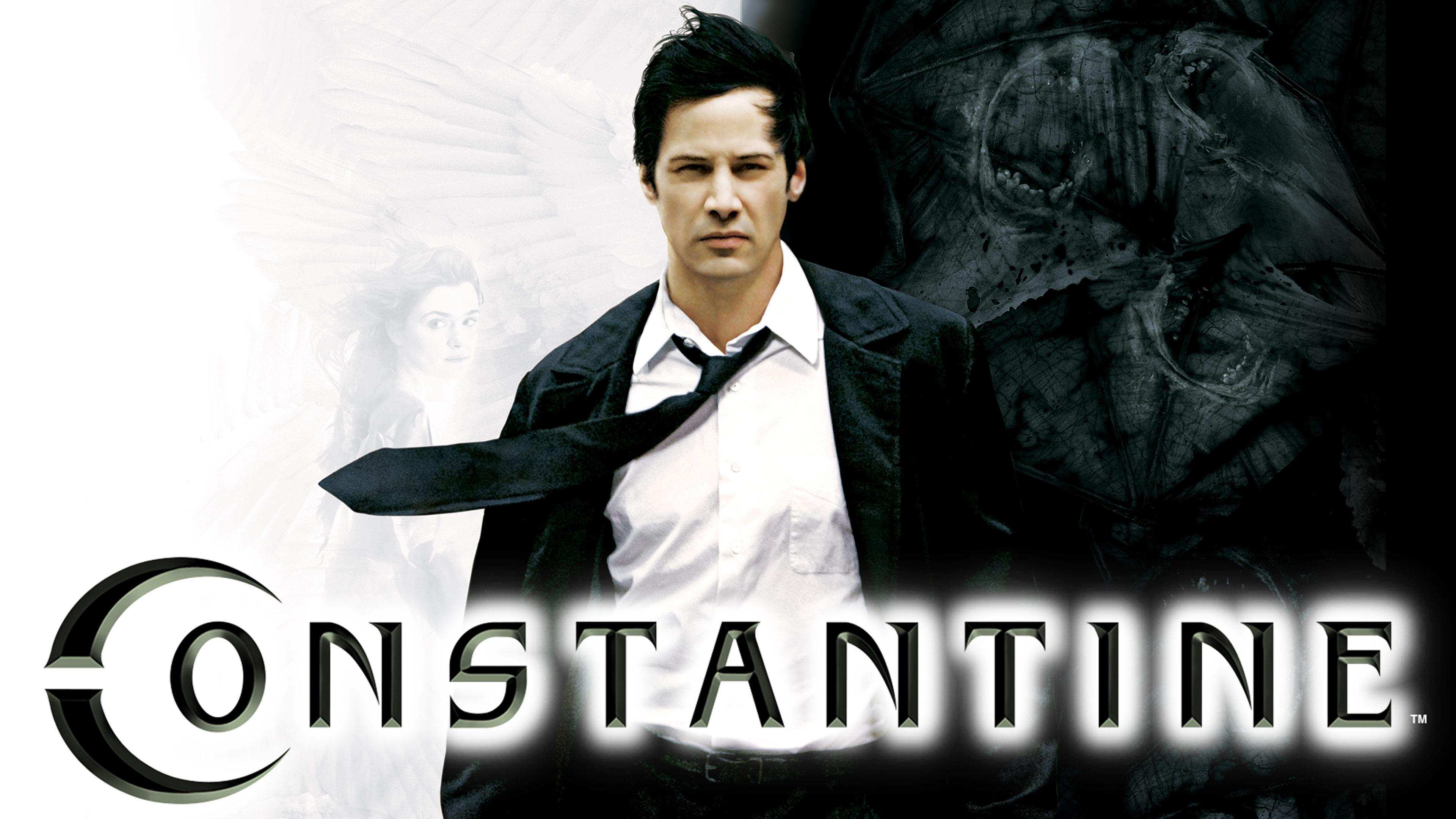The Silver Chair: A Darker Journey Through Narnia
The Silver Chair, first published in 1953, is the fourth book in C.S. Lewis’s beloved fantasy series The Chronicles of Narnia in publication order (and sixth in chronological order). Departing from the Pevensie-centered narratives of the earlier books, The Silver Chair introduces new protagonists and explores a darker, more psychological corner of Narnia. It is a story of endurance, trust, and the struggle to hold onto truth in a world clouded by deception and despair.
The novel follows Eustace Scrubb — who was first introduced in The Voyage of the Dawn Treader — and his schoolmate Jill Pole, who are transported to Narnia on a divine mission from Aslan. Their task: to find and rescue Prince Rilian, the lost son of King Caspian, who has mysteriously disappeared. Guided by four cryptic signs from Aslan, the children team up with the gloomy but loyal Marsh-wiggle named Puddleglum. Their journey leads them into the north of Narnia, where they face treacherous giants, freezing wilderness, and ultimately a descent into the dark and eerie Underland, ruled by a sinister enchantress known as the Lady of the Green Kirtle.

One of the most compelling aspects of The Silver Chair is its tone. Compared to the other Narnia books, this installment is noticeably more somber and psychologically complex. Themes of memory, doubt, and obedience pervade the narrative. Jill and Eustace often struggle to recall Aslan’s instructions or to recognize the signs when they appear, reflecting the difficulty of staying faithful when the path forward is obscured. Puddleglum, while pessimistic and dour, provides an emotional anchor — and delivers one of the book’s most powerful moments when he defiantly declares his belief in Narnia’s light, even in the depths of darkness and enchantment.
Though sometimes overlooked compared to the more action-driven or epic entries in the series, The Silver Chair is deeply admired for its allegorical richness and character development. It subtly deals with spiritual perseverance, the perils of deception, and the importance of choosing faith over illusion. The climactic scene where Prince Rilian is freed from the silver chair — a device used to keep him under the witch’s spell — symbolizes liberation from false identities and inner bondage.

Over the years, The Silver Chair has seen various stage and audio adaptations, and was adapted for television by the BBC in the 1990s. However, a major motion picture version has yet to materialize. In the 2010s, there were plans for a feature film produced by TriStar Pictures, with Joe Johnston attached to direct, but the project stalled. As of 2023, Netflix has acquired the rights to the entire Chronicles of Narnia series and is reportedly planning a rebooted cinematic universe, possibly starting with The Silver Chair. If realized, it could bring a fresh visual and emotional depth to this introspective tale.
In sum, The Silver Chair remains a standout in the Narnia series — not for grand battles or legendary kings, but for its quiet, powerful message about trust, courage, and finding light in the darkest places.



